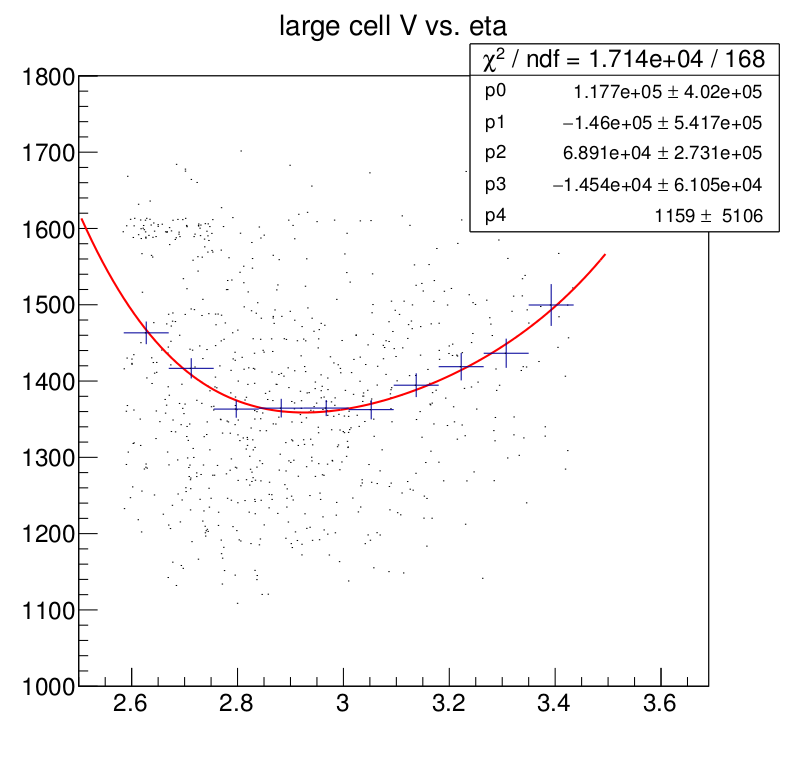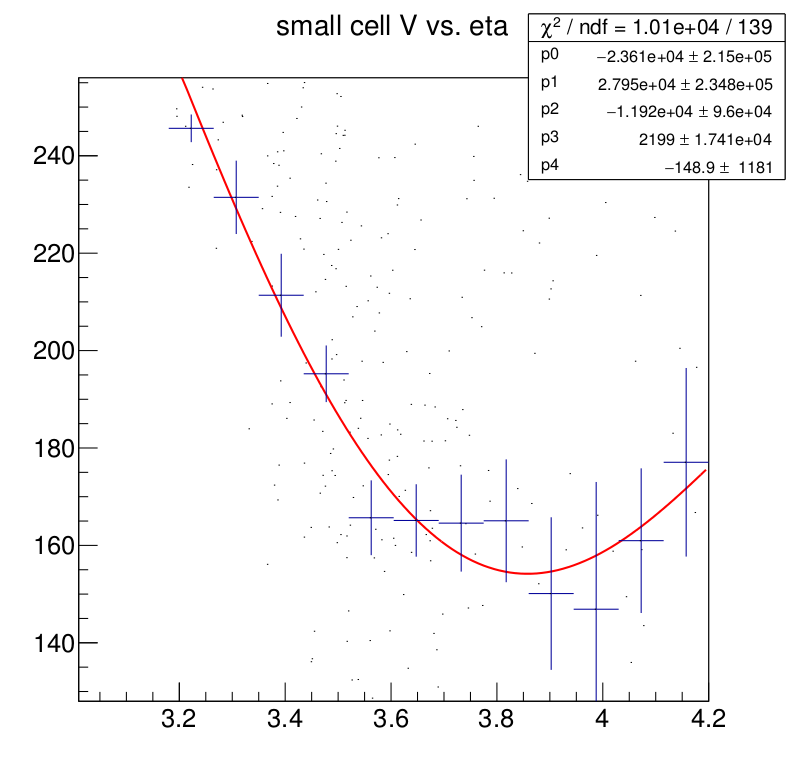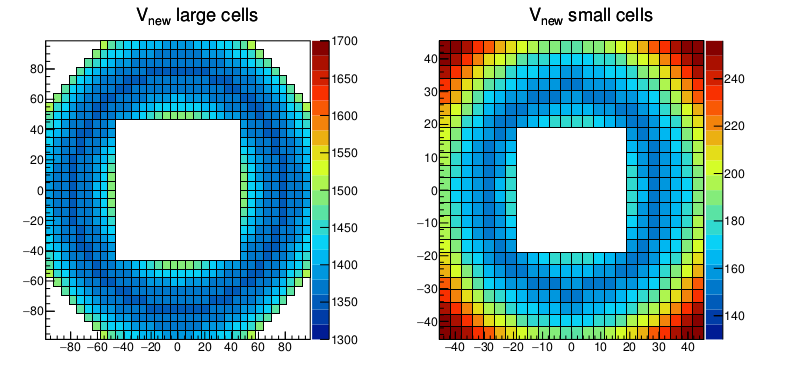- dilks's home page
- Posts
- 2019
- 2018
- December (1)
- November (1)
- October (1)
- August (2)
- July (4)
- June (3)
- May (1)
- April (2)
- March (2)
- February (1)
- January (5)
- 2017
- December (3)
- November (1)
- October (2)
- September (3)
- August (2)
- July (2)
- June (1)
- May (2)
- March (3)
- February (3)
- January (3)
- 2016
- November (2)
- September (4)
- August (2)
- July (6)
- June (2)
- May (3)
- April (1)
- March (2)
- February (3)
- January (2)
- 2015
- December (3)
- October (3)
- September (2)
- August (6)
- June (3)
- May (3)
- April (4)
- March (3)
- February (5)
- January (3)
- 2014
- December (1)
- November (1)
- October (3)
- September (4)
- August (3)
- July (3)
- June (2)
- May (2)
- April (2)
- March (1)
- 2013
- 2012
- 2011
- My blog
- Post new blog entry
- All blogs
Run 17 Voltage vs. Eta i0_2017 settings
UPDATE (2/23/17): i1_2017 settings
- large cells have same limits as run 15
- small cells restricted to 0x10-0xF0
- bitshift restricted to {0,+1}
----------------------------------------------------------------------------------------------------------------------------
To start run 17, Stephen and I have implemented a Voltage vs. Eta settings profile based in i8_2015 (iteration 8 of 2015, which was applied day 75, where pp200 transverse began day 66)
The i8_2015 calibration files are here: https://gitlab.com/c.dilks/run17tools/tree/master/fmsvoltages2017/iterations/2015_iterations/i8_2015
A tarball which contains these settings is at https://gitlab.com/c.dilks/run17tools/raw/master/fmsvoltages2017/iterations/i0_2017.tar.gz
First, we fit the voltage vs. eta distribution profiles to a polynomial; these exclude channels with nonzero bitshift:


Note: the small cells vertical axis is actually a voltage setting (0-256, or 0x00-0xFF in software); the estimated conversion to voltage is shown in the next plot
.png)
Finally, here is a picture of the FMS with the voltage settings:

After applying these settings, it looks like the LED peak positions are much more uniform, but we are still testing and working with timing
- dilks's blog
- Login or register to post comments
